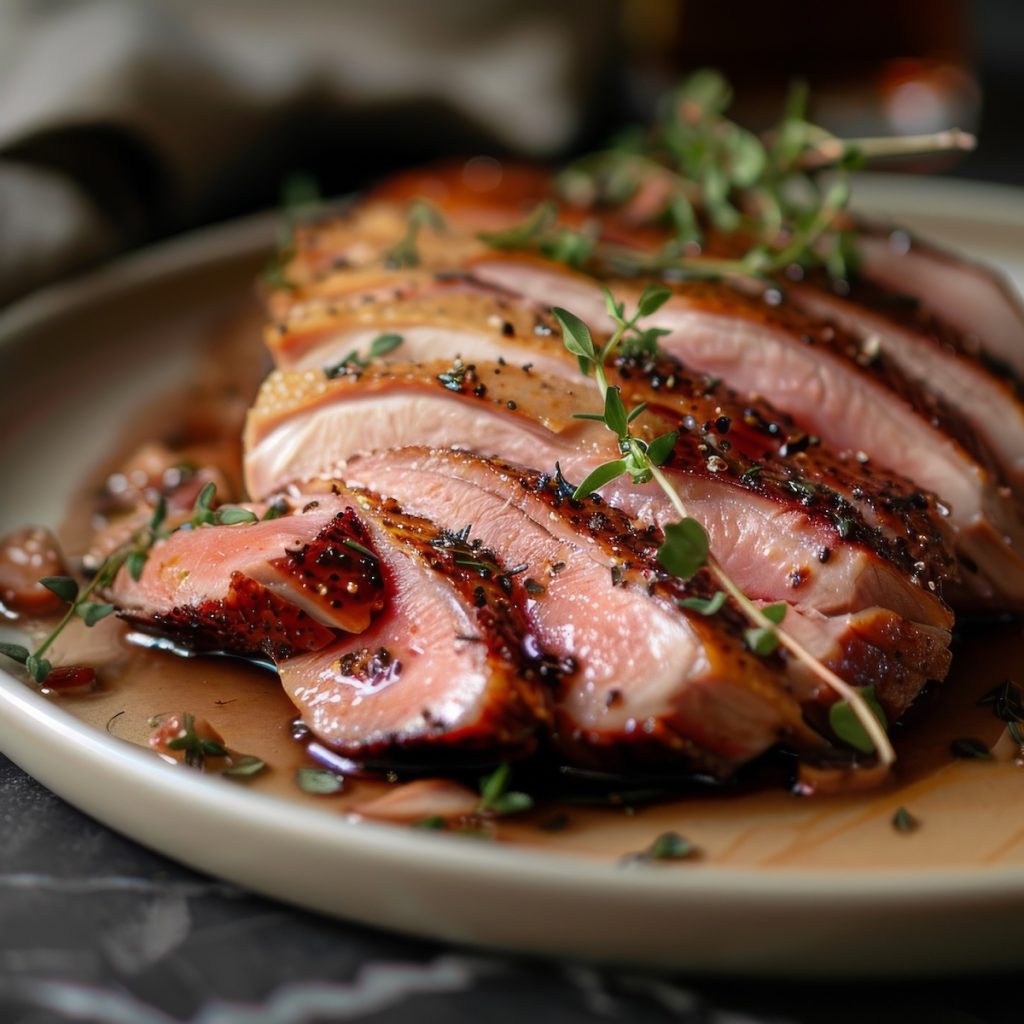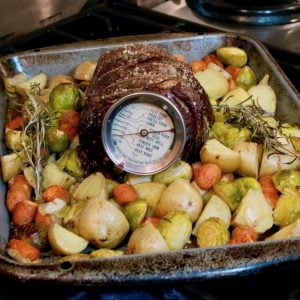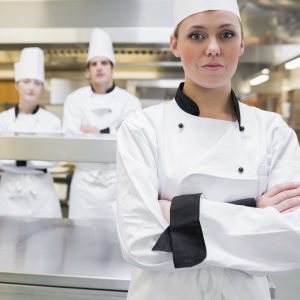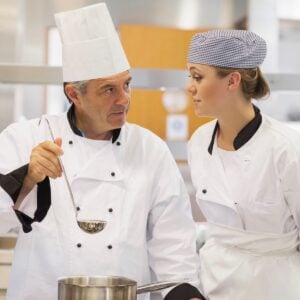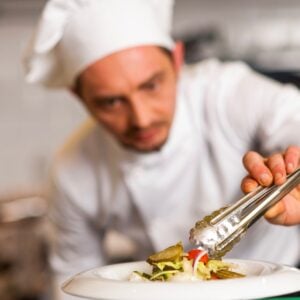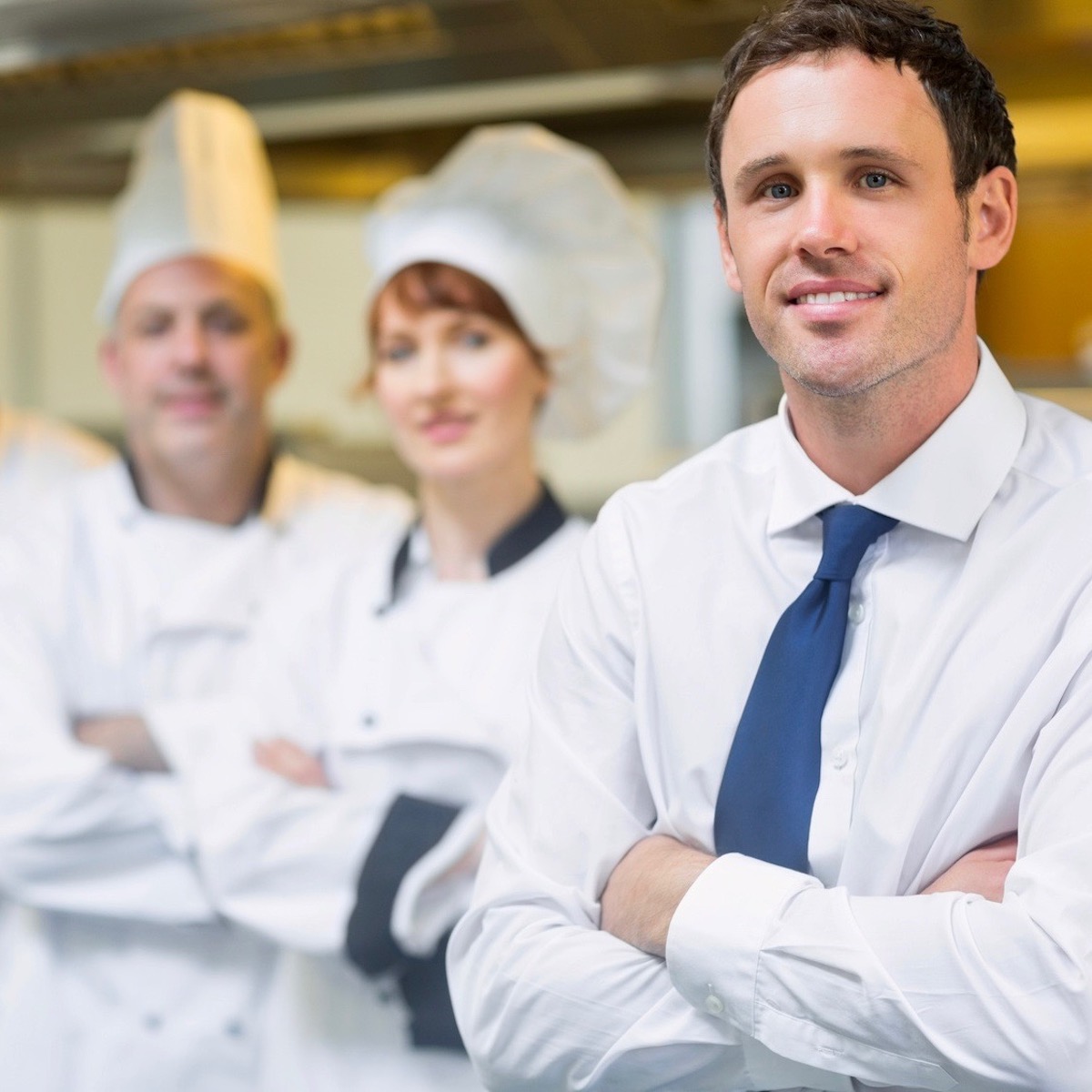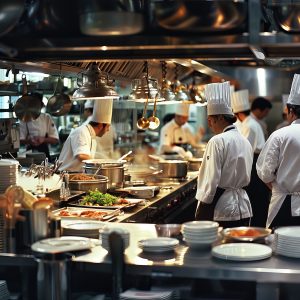About Food Photography: Is it All for Show?
Becoming a food photographer is a journey that blends the art of visual storytelling with a deep appreciation for culinary creations. In a world where social media and digital content reign supreme, the demand for captivating food photography has never been higher.
Whether you’re capturing the vibrant colors of fresh produce, the intricate details of a gourmet dish, or the cozy ambiance of a well-set table, food photography requires both technical skill and a creative eye.
If you’re passionate about both food and photography, this niche offers a unique opportunity to turn your hobbies into a rewarding career. However, becoming a successful food photographer involves more than snapping pictures of what’s on your plate. It demands an understanding of composition, lighting, and styling to create appealing images, evoke emotion, and tell a story.
In this article, I’ll explore the essential skills, tools, and techniques needed to break into the world of food photography. From building a portfolio to networking with clients and mastering post-production, you’ll discover what it takes to turn your passion into a profession, capturing the beauty and essence of food through the lens.
Types of Food Photographers
Here are different types of food photographer jobs, each with a brief description:
- Editorial Food Photographer: This type of photographer works for magazines, newspapers, or online publications, capturing images that accompany articles, recipes, or features on food trends. The job emphasizes storytelling and often involves working closely with food stylists and writers.
- Commercial Food Photographer: Creates images for advertising campaigns, packaging, or branding for food products. Focuses on making food look irresistible and marketable, often involving high-end studio work and collaboration with brands and agencies.
- Restaurant Photographer: Specializes in photographing dishes, interiors, and events for restaurants, cafés, or bars. Helps establishments build their visual identity for menus, websites, and social media.
- Cookbook Photographer: This role collaborates with authors and publishers to create images for cookbooks. It requires attention to detail and an understanding of the recipes to ensure the food looks both authentic and appealing.
- Social Media Food Photographer: Focuses on creating visually engaging content for social media platforms. Often works with influencers, brands, or directly with food establishments to produce images that stand out in the fast-paced world of social media.
- Food Blogger Photographer: Works as part of a food blog, either independently or in collaboration with bloggers. Captures images that complement recipes, reviews, and culinary tips, often involving a personal, informal style.
- Food Stylist Photographer: Combines food styling and photography roles, particularly in smaller-scale projects or freelance work. Responsible for both arranging the food and photographing it, often for editorial or online content.
- Event Food Photographer: This role captures images at food-related events, such as food festivals, culinary competitions, or private events like weddings and corporate dinners. It requires quick thinking and adaptability to capture the best moments.
- Product Food Photographer: Specializes in photographing food products for e-commerce, catalogs, or retail. Focuses on clear, detailed shots that highlight the product’s features and appeal to potential buyers.
The Influence of Food Websites and Blogs
Food websites and blogs have significantly influenced the field of food photography, shaping both the style and demand for this niche art form. As online platforms have become primary sources of culinary inspiration, food photographers are adapting to new trends and expectations driven by these digital mediums.
One key influence is the emphasis on visual storytelling. Food blogs and websites rely heavily on imagery to attract and engage audiences. As a result, food photographers are increasingly focusing on creating images that not only showcase the food but also convey a narrative, evoke emotions, and reflect the personality of the blog or website.
This has led to a more diverse and creative approach to food photography, where photographers experiment with composition, lighting, and styling to create unique, eye-catching content.
Moreover, the rise of social media has led to a demand for fast, shareable content. Food photographers are now tasked with producing images that are not only high-quality but also optimized for quick consumption on platforms like Instagram and Pinterest. This shift has pushed photographers to develop mobile photography and quick editing skills, allowing them to meet the fast-paced needs of food bloggers and website owners.
Additionally, the accessibility of food photography has increased, with many food bloggers themselves becoming adept photographers. This trend has raised the bar for professional food photographers, who must now produce work that stands out in a crowded online space.
The constant need for fresh, innovative content on blogs and websites drives food photographers to continuously evolve their techniques and stay ahead of emerging trends.

